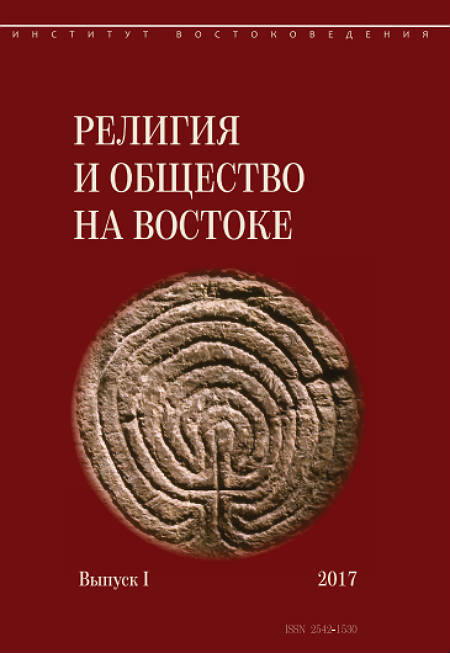Religion and Society in the East
The periodical of the Institute of Oriental Studies, Russian Academy of Sciences. ISSN 2542-1530
Issues
Buddhism and Socialism: A comparative analysis of interactions in the Soviet Union, Tuvan People's Republic, Mongolian People's Republic and People's Republic of China
Religiia i obshchestvo na Vostoke, Issue III (2019), p. 249-291.
Trends in development of Tibetan Buddhism in the period of the building of socialism in the USSR, Tuvan People's Republic (TPR), Mongolian People's Republic MRP), People's Republic of China (PRC: Inner Mongolia and Tibet) are analyzed. Transformations of relations between the Bud-dhist church and ruling communist and pro-communist parties from the times when they came to power to present (PRC) or to the fall of socialism (other countries) are described. Following phases of interactions between Buddhism and the ruling parties were distinguished. (1) Initial weakening of the influence of clergy. This period embraced in the RSFSR/USSR 19171928, MPR and TPR 1921-1928, Inner Mongolia 1947-1957, Tibetan territories in Chinese provinces 1949-1954, future Tibetan Autonomous Region (TAR) 1951-1959. (2) Fight with religion in the period of forced building of socialism: in the USSR 1928-1935, MPR and TPR 1929-1932, Inner Mongolia 1957-1966, Tibetan territories in Chinese provinces 19551962, future TAR 1959-1962. (3) Short-term denial of radical measures against religion. In MPR and TPR it was 1932-1936, in Tibet 1962-1966; not recorded elsewhere. (4) Communist terror. In the USSR, MPR and TPR it occurred in 1937-1939 (peak in 1937-1938), in PRC 1966-1976 (peak in 1966-1969). (5) Partial revival of church. In the USSR, including Tuva, it was 1945-1990, in MPR 1944-1992 and in PRC from 1977 to present.
Keywords: Buddhism, socialism, communism, USSR, Tuva, Mongolia, Tibet, China
Volume: 249-291

